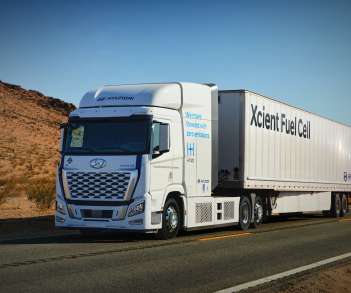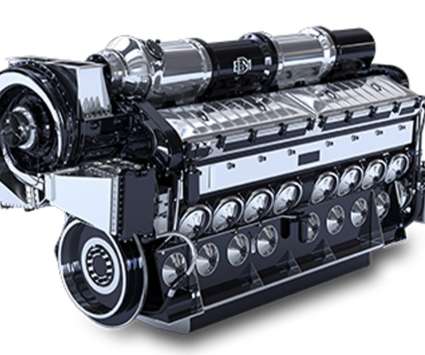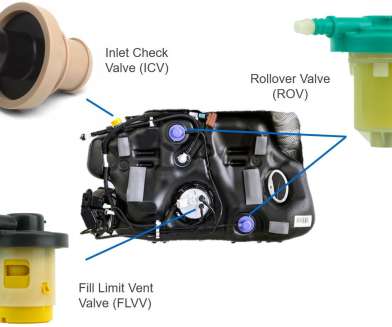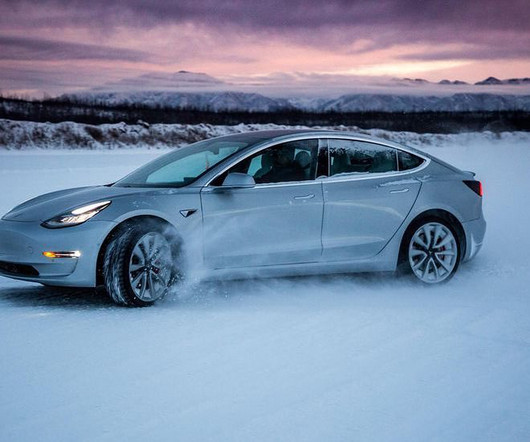Hyundai Motor puts XCIENT Fuel Cell electric trucks into commercial fleet operation in California with $3.5M from EPA
Green Car Congress
SEPTEMBER 15, 2022
million in 2021 Targeted Airshed Grant (TAG) funding from the US Environmental Protection Agency (EPA) to deploy five XCIENT Fuel Cell electric trucks in California. The XCIENT Fuel Cell 6x4 tractor model participating in the demonstration is equipped with a 180 kW fuel cell system and e-motor with a maximum output of 350 kW.








































Let's personalize your content